Image of 1935 Pontiac Improved Eight, Note: These illustrations use artistic license and may differ from actual historical models.
Performance Metrics
Fundamental Metrics
Emotional Appeal
MMP Rating
| Engine Specifications | |
|---|---|
| Engine: | Straight-8 |
| Displacement: | 223 cubic inches |
| Horsepower: | Estimated 77-85 HP |
| Torque: | Not available |
| Compression Ratio: | 6.2:1 |
| Ignition System: | Battery and coil |
| Cooling System: | Water-cooled |
| Performance Specifications | |
| 0-60 Time: | Not available |
| 1/4 Mile Time: | Not available |
| Top Speed: | 75-80 mph |
| Transmission and Drive | |
| Drive Type: | Rear-wheel drive |
| Transmission Type: | 3-speed manual |
| Fuel and Efficiency | |
| Fuel System Type: | Carburetor |
| MPG: | Not available |
| Dimensions and Brakes | |
| Brakes: | Mechanical drum brakes |
| Wheelbase: | 112 inches |
| Weight: | 3,200 lbs |
Note: Specifications for classic cars are given to the best of our ability, considering the limited and variant data available.
1935 Pontiac Improved Eight: A Testament to Art Deco Elegance
The 1935 Pontiac Improved Eight stands as a gleaming testament to the era of Art Deco and the prowess of American automotive engineering. Born from the assembly lines of General Motors, this vehicle emerged during a time when the world was grappling with economic recovery and technological advancement. The Pontiac brand, known for its dependable and stylish vehicles, introduced the Improved Eight as a beacon of hope and innovation. One unique fact about this car is that it was among the first to offer a completely steel-roofed body structure, marking a departure from the fabric-covered wooden roofs that were common at the time.
Design and Innovation
The exterior styling of the 1935 Pontiac Improved Eight is nothing short of breathtaking. Its sleek lines and chrome accents epitomize the Art Deco movement's influence on automotive design. The sweeping fenders and bold grille present an imposing yet graceful frontage, while the iconic "Silver Streak" trim adds a dash of sophistication. Inside, occupants were treated to an opulent environment, with high-quality fabrics and an attention to detail that spoke volumes about craftsmanship. Technological features such as independent front suspension were groundbreaking, offering a smoother ride than many contemporaries.
Color options ranged from stately blacks to vibrant blues, with deep maroons being particularly popular among buyers seeking both elegance and presence. The Improved Eight came in several body styles including coupes, sedans, and convertibles, but it was perhaps the two-door coupe that captured hearts with its balanced proportions and intimate cabin.
Historical Significance
The 1935 Pontiac Improved Eight was more than just a car; it was a symbol of resilience. In an age where many manufacturers were struggling or closing their doors, Pontiac pushed forward with advancements that would shape future automotive design. Its all-steel construction not only improved safety but also paved the way for modern manufacturing techniques.
Performance and Handling
Underneath its sculpted hood lay an inline-eight engine that provided a respectable top speed for its era. While exact figures vary, these cars could reach speeds upwards of 70 mph—a remarkable feat at the time. Acceleration was smooth rather than swift, with 0-60 mph times being more leisurely compared to modern standards. On winding roads or over uneven surfaces, drivers appreciated the vehicle's solid handling characteristics and comfortable ride quality. The engine's purr was a melodious backdrop to what was an undeniably refined driving experience.
Ownership Experience
Owners of the 1935 Pontiac Improved Eight typically used their vehicles for daily transportation or Sunday drives rather than racing or showing—although today they are highly coveted show cars. Maintenance could be managed by the average owner thanks to straightforward mechanicals and robust construction. However, finding replacement parts now can be a challenge due to the car's age.
Fun Facts
Among enthusiasts, it's known that some Improved Eights found their way into the garages of Hollywood stars during cinema's golden age. While not record-breakers in speed, they certainly set sales records for Pontiac at the time. Criticisms were few but often pointed towards fuel consumption—a common trait for vehicles in this class.
Collector's Information
Today, a well-preserved 1935 Pontiac Improved Eight can fetch anywhere from $20,000 to $50,000 depending on condition and originality—values that have been appreciating over time due to their increasing rarity. It is estimated that several thousand units were produced across all body styles; however, surviving examples are much fewer.
Conclusion
The 1935 Pontiac Improved Eight is more than just an old car; it is a rolling piece of history that embodies the spirit of its time. It stands as a tribute to innovation during America's march towards modernity and remains a cherished classic among collectors worldwide.
1935 Pontiac Improved Eight Catalog of Parts
 1935 Pontiac IMPROVED EIGHT Starter Pedal Pad. Brown. 1-7/16" Diameter, Each-AP 19-AStarter Pedal Pad. Brown. 1-7/16" Diameter, Each
1935 Pontiac IMPROVED EIGHT Starter Pedal Pad. Brown. 1-7/16" Diameter, Each-AP 19-AStarter Pedal Pad. Brown. 1-7/16" Diameter, Each 1935 Pontiac IMPROVED EIGHT Front and Rear Bumper Arm Grommets -BG 58Front and Rear Bumper Arm Grommets. 2-3/8" wide X 5-1/4" long, with 1-11/16" long inner slot. Pair
1935 Pontiac IMPROVED EIGHT Front and Rear Bumper Arm Grommets -BG 58Front and Rear Bumper Arm Grommets. 2-3/8" wide X 5-1/4" long, with 1-11/16" long inner slot. Pair 1935 Pontiac IMPROVED EIGHT Clutch and Brake Pedal Pads. 2" wide X 3" long. Pair-CB 15Clutch and Brake Pedal Pads. 2" wide X 3" long. Pair
1935 Pontiac IMPROVED EIGHT Clutch and Brake Pedal Pads. 2" wide X 3" long. Pair-CB 15Clutch and Brake Pedal Pads. 2" wide X 3" long. Pair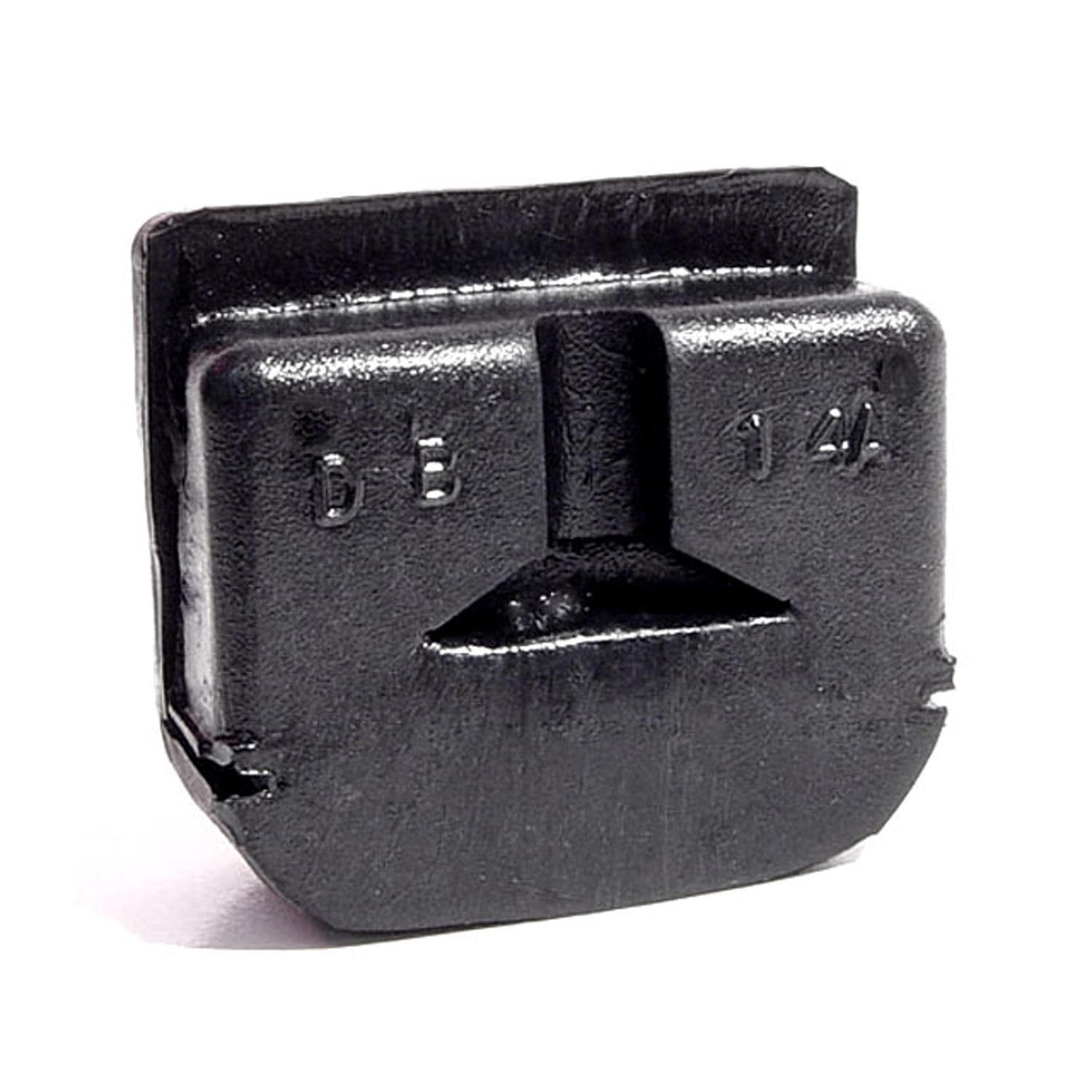 1935 Pontiac IMPROVED EIGHT Door Bumper. Exact reproduction-DB 14-ADoor Bumper. Exact reproduction. 1-3/16" high X 1-9/16" wide X 9/16" thick. Each
1935 Pontiac IMPROVED EIGHT Door Bumper. Exact reproduction-DB 14-ADoor Bumper. Exact reproduction. 1-3/16" high X 1-9/16" wide X 9/16" thick. Each 1935 Pontiac IMPROVED EIGHT Upper Door Hinge Post Bumper. Held by screw-DB 60-AUpper Door Hinge Post Bumper. Held by screw. 7/8" diameter X 1/8" thick. Each
1935 Pontiac IMPROVED EIGHT Upper Door Hinge Post Bumper. Held by screw-DB 60-AUpper Door Hinge Post Bumper. Held by screw. 7/8" diameter X 1/8" thick. Each 1935 Pontiac IMPROVED EIGHT Inner and Outer Center Division Bar Seals-DP 20Inner and Outer Center Division Bar Seals. Each piece 14-1/4" long. Set
1935 Pontiac IMPROVED EIGHT Inner and Outer Center Division Bar Seals-DP 20Inner and Outer Center Division Bar Seals. Each piece 14-1/4" long. Set 1935 Pontiac IMPROVED EIGHT Gas filler grommet. Fits all models '36 Buick-GF 25Gas filler grommet. Fits all models '36 Buick. Fits '37 Buick Series 80/90. 2-1/8 in. ID; 4 in. OD. Dense black rubber. Each.
1935 Pontiac IMPROVED EIGHT Gas filler grommet. Fits all models '36 Buick-GF 25Gas filler grommet. Fits all models '36 Buick. Fits '37 Buick Series 80/90. 2-1/8 in. ID; 4 in. OD. Dense black rubber. Each. 1935 Pontiac IMPROVED EIGHT Rear Hood Corners. 1-1/4" wide. Pair-HC 29Rear Hood Corners. 1-1/4" wide. Pair
1935 Pontiac IMPROVED EIGHT Rear Hood Corners. 1-1/4" wide. Pair-HC 29Rear Hood Corners. 1-1/4" wide. Pair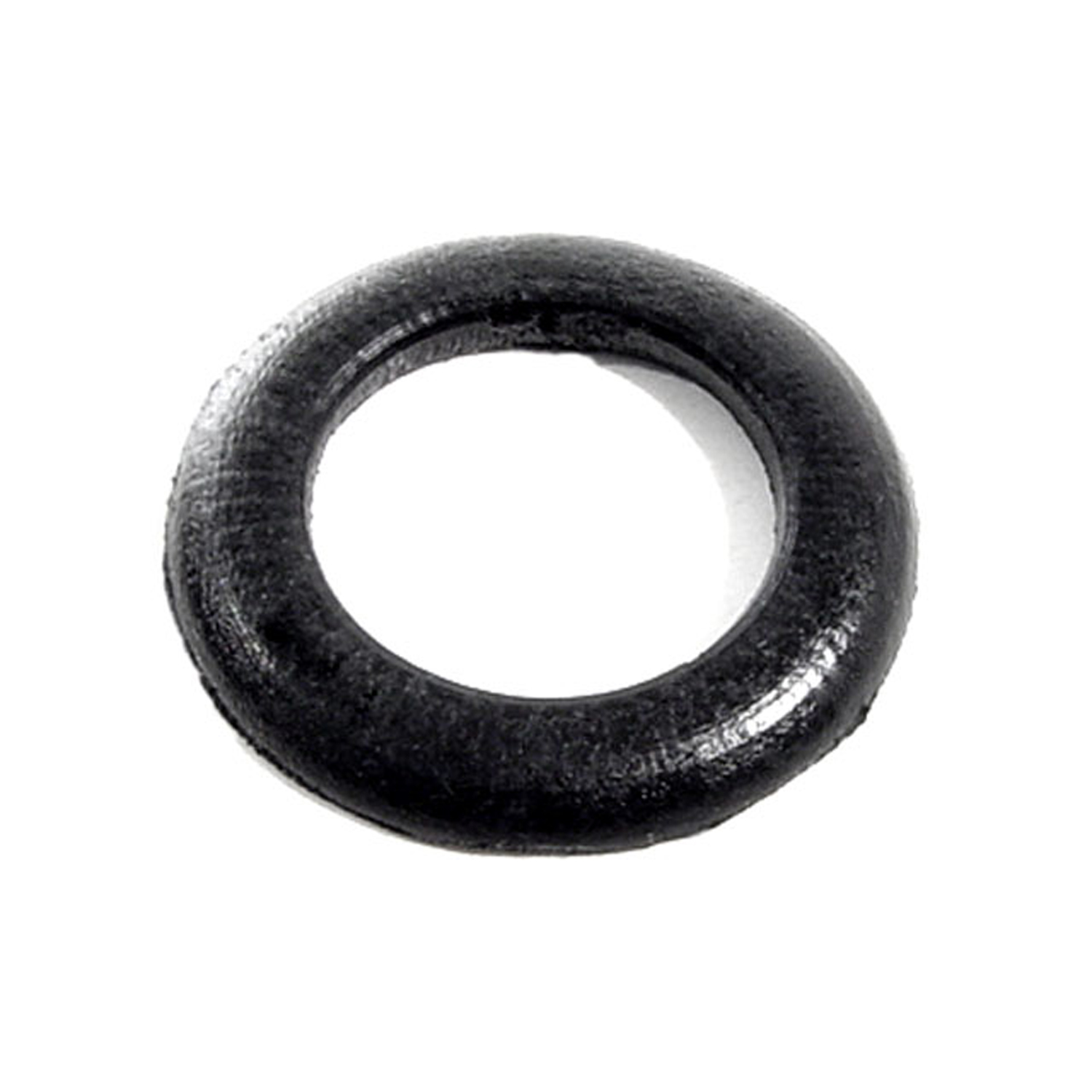 1935 Pontiac IMPROVED EIGHT Door Handle Ferrule Grommet. I.D. 11/16", O.D. 1-3/16"-MP 546-IDoor Handle Ferrule Grommet. I.D. 11/16", O.D. 1-3/16". Each
1935 Pontiac IMPROVED EIGHT Door Handle Ferrule Grommet. I.D. 11/16", O.D. 1-3/16"-MP 546-IDoor Handle Ferrule Grommet. I.D. 11/16", O.D. 1-3/16". Each 1935 Pontiac IMPROVED EIGHT Windshield Wiper Transmission Pad-MP 546-YWindshield Wiper Transmission Pad. 2-1/2" wide X 1-1/4" long. Each
1935 Pontiac IMPROVED EIGHT Windshield Wiper Transmission Pad-MP 546-YWindshield Wiper Transmission Pad. 2-1/2" wide X 1-1/4" long. Each 1935 Pontiac IMPROVED EIGHT Park Light Pads. 3-3/8" wide X 14" long. Pair-MP 990-JPark Light Pads. 3-3/8" wide X 14" long. Pair
1935 Pontiac IMPROVED EIGHT Park Light Pads. 3-3/8" wide X 14" long. Pair-MP 990-JPark Light Pads. 3-3/8" wide X 14" long. Pair 1935 Pontiac IMPROVED EIGHT Headlight Pads. 3-3/8" wide X 8-7/8" long. Pair-MP 990-KHeadlight Pads. 3-3/8" wide X 8-7/8" long. Pair
1935 Pontiac IMPROVED EIGHT Headlight Pads. 3-3/8" wide X 8-7/8" long. Pair-MP 990-KHeadlight Pads. 3-3/8" wide X 8-7/8" long. Pair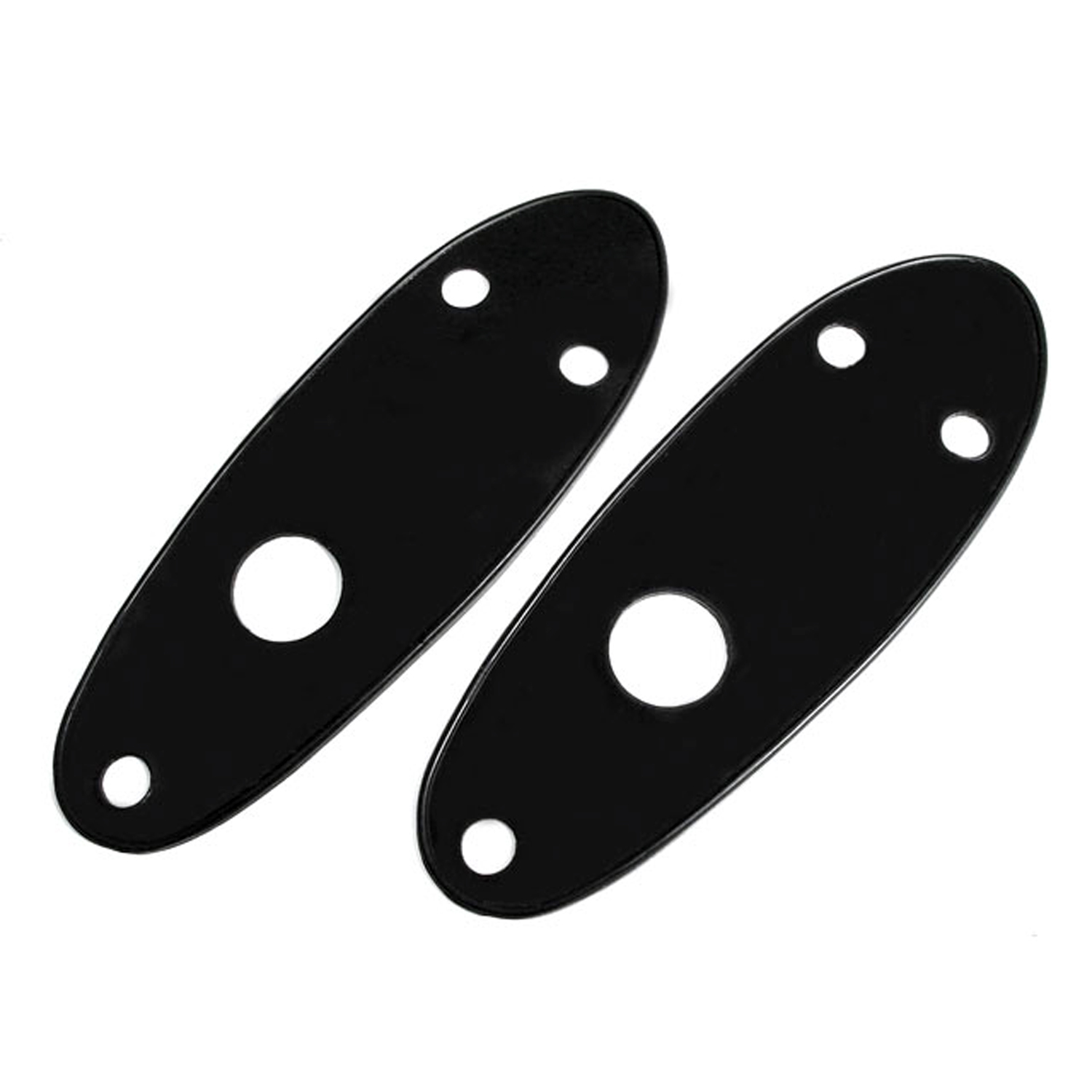 1935 Pontiac IMPROVED EIGHT Headlight Pads. 3-1/2" wide X 9-7/8" long. Pair-MP 991-HHeadlight Pads. 3-1/2" wide X 9-7/8" long. Pair
1935 Pontiac IMPROVED EIGHT Headlight Pads. 3-1/2" wide X 9-7/8" long. Pair-MP 991-HHeadlight Pads. 3-1/2" wide X 9-7/8" long. Pair 1935 Pontiac IMPROVED EIGHT Rumble Seat Step-Plate Bracket Pad -MP 991-JRumble Seat Step-Plate Bracket Pad. 2-3/4" wide X 4-1/8" long. Each
1935 Pontiac IMPROVED EIGHT Rumble Seat Step-Plate Bracket Pad -MP 991-JRumble Seat Step-Plate Bracket Pad. 2-3/4" wide X 4-1/8" long. Each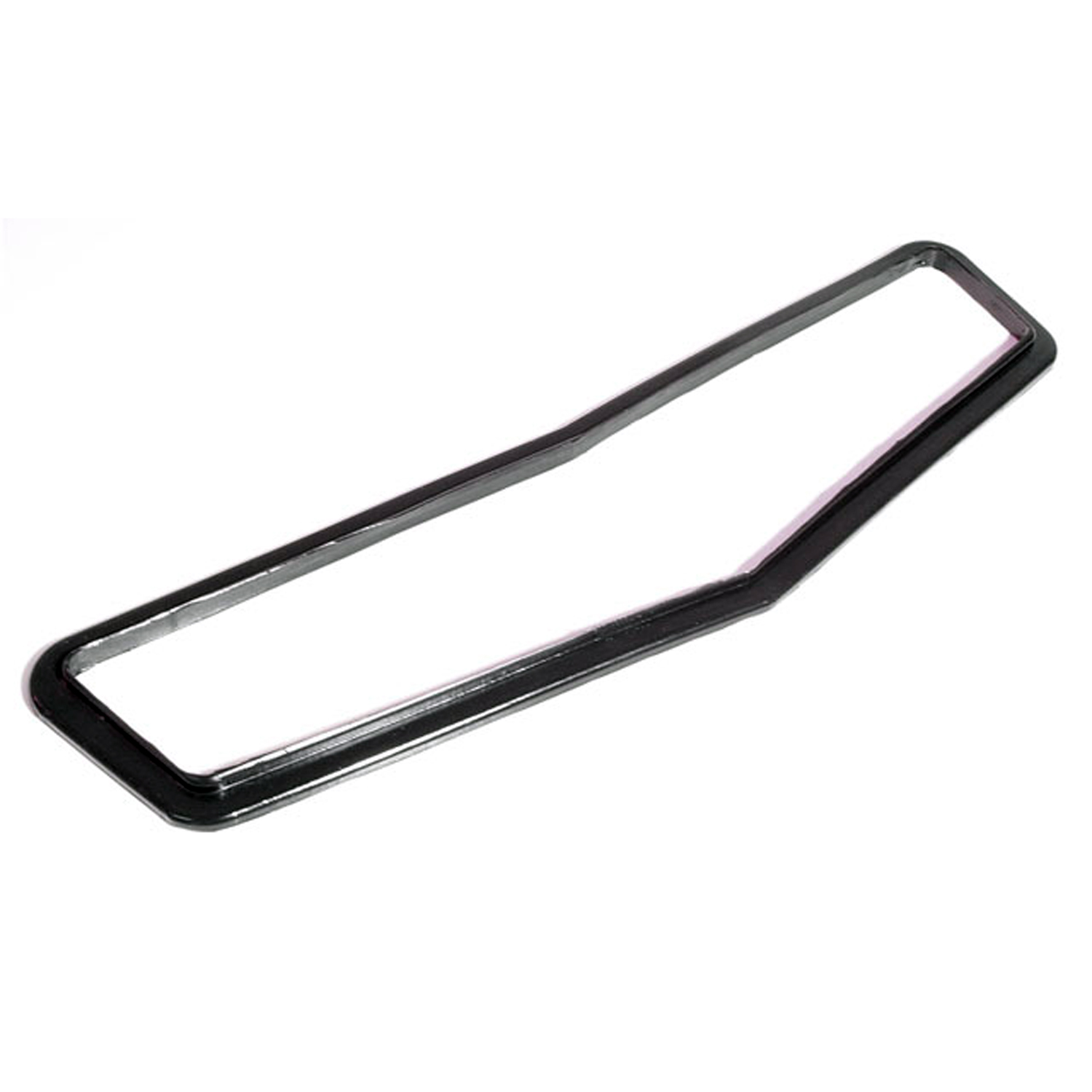 1935 Pontiac IMPROVED EIGHT Cowl Vent Seal. 3-1/4" wide X 15-5/8" long. Each-RP 100-JCowl Vent Seal. 3-1/4" wide X 15-5/8" long. Each
1935 Pontiac IMPROVED EIGHT Cowl Vent Seal. 3-1/4" wide X 15-5/8" long. Each-RP 100-JCowl Vent Seal. 3-1/4" wide X 15-5/8" long. Each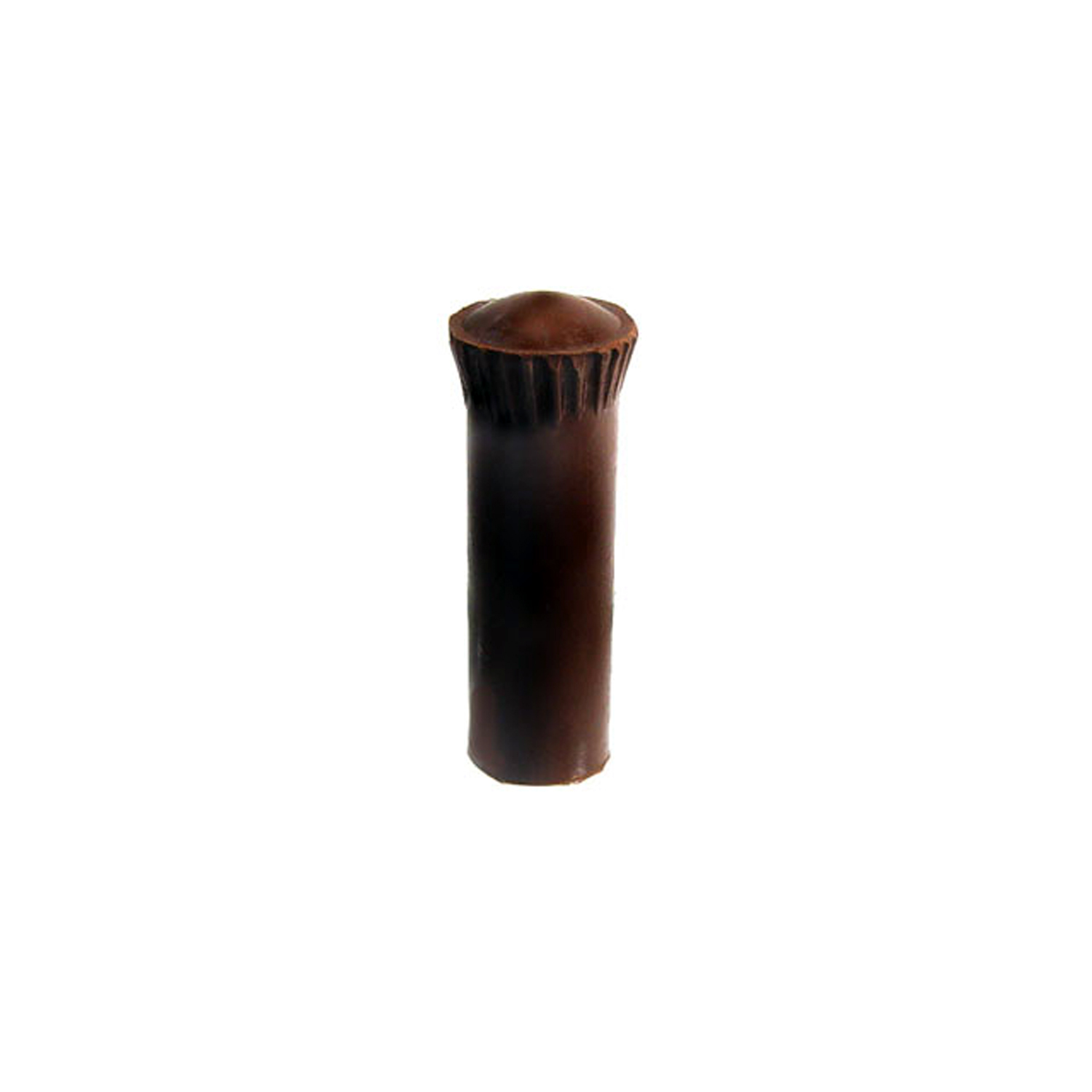 1935 Pontiac IMPROVED EIGHT Door Lock Knob. Brown. 1/2" diameter X 1" long X 1/8" hole-RP 303Door Lock Knob. Brown. 1/2" diameter X 1" long X 1/8" hole. Each
1935 Pontiac IMPROVED EIGHT Door Lock Knob. Brown. 1/2" diameter X 1" long X 1/8" hole-RP 303Door Lock Knob. Brown. 1/2" diameter X 1" long X 1/8" hole. Each 1935 Pontiac IMPROVED EIGHT Door Bumper. 1" diameter X 1/4" thick Each-SB 60Door Bumper. 1" diameter X 1/4" thick Each
1935 Pontiac IMPROVED EIGHT Door Bumper. 1" diameter X 1/4" thick Each-SB 60Door Bumper. 1" diameter X 1/4" thick Each 1935 Pontiac IMPROVED EIGHT Spare Tire Mount Bumper. 5/8" square. Each-SB 80Spare Tire Mount Bumper. 5/8" square. Each
1935 Pontiac IMPROVED EIGHT Spare Tire Mount Bumper. 5/8" square. Each-SB 80Spare Tire Mount Bumper. 5/8" square. Each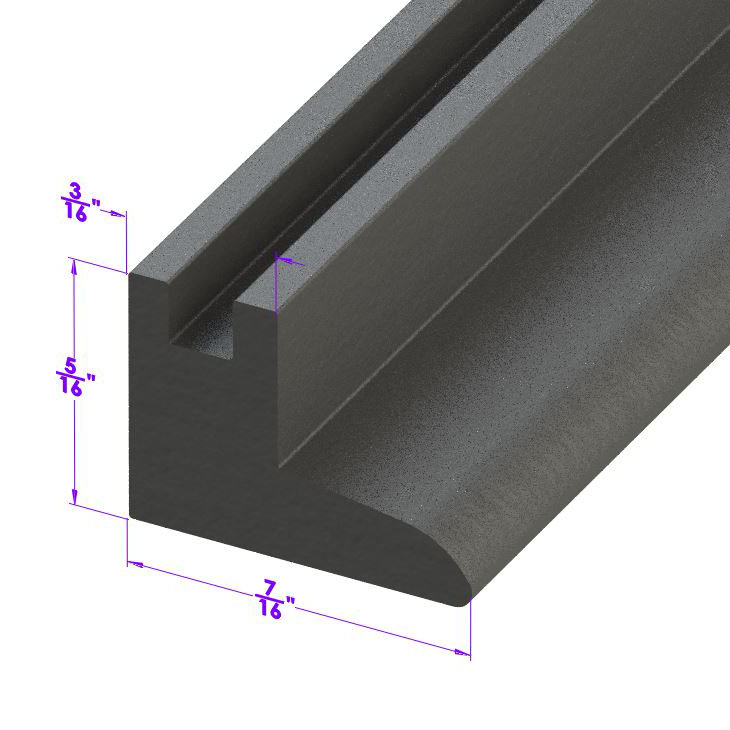 1935 Pontiac IMPROVED EIGHT Vertical Seal for Vent Window. Each is 17" long. Pair-VS 2Vertical Seal for Vent Window. Each is 17" long. Pair
1935 Pontiac IMPROVED EIGHT Vertical Seal for Vent Window. Each is 17" long. Pair-VS 2Vertical Seal for Vent Window. Each is 17" long. Pair 1935 Pontiac IMPROVED EIGHT Vulcanized Windshield Seal-VWS 7310Vulcanized Windshield Seal. For all closed models (does not fit convertible). Each
1935 Pontiac IMPROVED EIGHT Vulcanized Windshield Seal-VWS 7310Vulcanized Windshield Seal. For all closed models (does not fit convertible). Each 1935 Pontiac IMPROVED EIGHT Flexible glass-run channel-WC 11-72Flexible glass-run channel. Mohair lined, cloth covered with stainless steel bead. Used on side windows. 72 in. long. Each. NOTE: $20 special shipping charge applies for domestic orders. Call or email for overseas shipping costs. Part can be sectioned in two equal lengths to reduce overseas shipping costs.
1935 Pontiac IMPROVED EIGHT Flexible glass-run channel-WC 11-72Flexible glass-run channel. Mohair lined, cloth covered with stainless steel bead. Used on side windows. 72 in. long. Each. NOTE: $20 special shipping charge applies for domestic orders. Call or email for overseas shipping costs. Part can be sectioned in two equal lengths to reduce overseas shipping costs. 1935 Pontiac IMPROVED EIGHT Rigid division-bar channel. Made with stainless steel bead-WC 2-72Rigid division-bar channel. Made with stainless steel bead. 72 in. long. Each. NOTE: $20 special shipping charge applies for domestic orders. Call or email for overseas shipping costs. Part can be sectioned into two equal lengths to reduce overseas shipping costs.
1935 Pontiac IMPROVED EIGHT Rigid division-bar channel. Made with stainless steel bead-WC 2-72Rigid division-bar channel. Made with stainless steel bead. 72 in. long. Each. NOTE: $20 special shipping charge applies for domestic orders. Call or email for overseas shipping costs. Part can be sectioned into two equal lengths to reduce overseas shipping costs. 1935 Pontiac IMPROVED EIGHT Flexible Rubber Window Channel-WC 32-14Flexible Rubber Window Channel. For Fisher Closed Bodies, except those using a stainless bead type. Used on side windows. 13/16" outer width X 6/16" outer depth, with a 5/16" inner channel width X 14" long. Each
1935 Pontiac IMPROVED EIGHT Flexible Rubber Window Channel-WC 32-14Flexible Rubber Window Channel. For Fisher Closed Bodies, except those using a stainless bead type. Used on side windows. 13/16" outer width X 6/16" outer depth, with a 5/16" inner channel width X 14" long. Each 1935 Pontiac IMPROVED EIGHT Flexible sweeper. Made with stainless steel bead-WC 8-72Flexible sweeper. Made with stainless steel bead. Used on inner and outer beltlines. Also forms easily for use with sliding quarter windows. 72 in. long. Each. NOTE: $20 special shipping charge applies for domestic orders. Call or email for overseas shipping costs. Part can be sectioned into two equal lengths to reduce overseas shipping costs.
1935 Pontiac IMPROVED EIGHT Flexible sweeper. Made with stainless steel bead-WC 8-72Flexible sweeper. Made with stainless steel bead. Used on inner and outer beltlines. Also forms easily for use with sliding quarter windows. 72 in. long. Each. NOTE: $20 special shipping charge applies for domestic orders. Call or email for overseas shipping costs. Part can be sectioned into two equal lengths to reduce overseas shipping costs. 1935 Pontiac IMPROVED EIGHT Fender Bolts. For use with Fender Bolt Washers; WF 3001-WF 3000Fender Bolts. For use with Fender Bolt Washers; WF 3001. Zinc Chromate plated, high strength. 1" X 5/16". Set of 25
1935 Pontiac IMPROVED EIGHT Fender Bolts. For use with Fender Bolt Washers; WF 3001-WF 3000Fender Bolts. For use with Fender Bolt Washers; WF 3001. Zinc Chromate plated, high strength. 1" X 5/16". Set of 25 1935 Pontiac IMPROVED EIGHT Fender Bolt Washers. For use with Fender Bolts; WF 3000-WF 3001Fender Bolt Washers. For use with Fender Bolts; WF 3000. High quality, cadmium plated. 1-1/4" O.D., 3/8" I.D. Set of 25
1935 Pontiac IMPROVED EIGHT Fender Bolt Washers. For use with Fender Bolts; WF 3000-WF 3001Fender Bolt Washers. For use with Fender Bolts; WF 3000. High quality, cadmium plated. 1-1/4" O.D., 3/8" I.D. Set of 25 1935 Pontiac IMPROVED EIGHT Front Vent Window Seals, for 4-Doors. Pair R&L-WR 7304Front Vent Window Seals, for 4-Doors. Pair R&L
1935 Pontiac IMPROVED EIGHT Front Vent Window Seals, for 4-Doors. Pair R&L-WR 7304Front Vent Window Seals, for 4-Doors. Pair R&L 1935 Pontiac IMPROVED EIGHT Rear Vent Window Seals, for 4-Door Sedans-WR 7304-RRear Vent Window Seals, for 4-Door Sedans. Each side has piece 41" long and 21-1/4" long. 4-Piece Set.
1935 Pontiac IMPROVED EIGHT Rear Vent Window Seals, for 4-Door Sedans-WR 7304-RRear Vent Window Seals, for 4-Door Sedans. Each side has piece 41" long and 21-1/4" long. 4-Piece Set. 1935 Pontiac IMPROVED EIGHT Front Vent Window Seals. Does not fit Convertible-WR 7309Front Vent Window Seals. Does not fit Convertible. Pair R&L
1935 Pontiac IMPROVED EIGHT Front Vent Window Seals. Does not fit Convertible-WR 7309Front Vent Window Seals. Does not fit Convertible. Pair R&LWhy Choose Metro?
For over 100 years, Metro Moulded Parts has been the pinnacle of quality in classic car restoration parts. Our commitment to precision and authenticity in every component ensures a perfect fit and an OEM-level appearance.
- Expert Craftsmanship & Quality: Each part is a testament to our dedication to reliability and perfection, crafted from original designs and thoroughly tested.
- Advanced Technology: We use cutting-edge techniques to create flawless, long-lasting parts that surpass others in performance.
- SuperSoft Sponge – The Ultimate Door Seal: Not only are our door seals 30% softer than competitors', but they're also guaranteed to never leak. They effectively reduce wind and road noise, enhancing your classic car's comfort and driving experience.
- Proudly American: Our parts are a product of American craftsmanship, made in the USA with a spirit of excellence and heritage.
- Unrivaled Warranty: We back our products with a 30-year industry-leading warranty, a testament to our confidence in their quality.
Join us in preserving the legacy of classic cars with parts that are crafted for perfection, not just made.

